- Bredestraat 4, 6211 HC Maastricht (NL)
- info@artichoque.nl
- +31 648 157 309
Resultaat 1–18 van de 620 resultaten wordt getoond
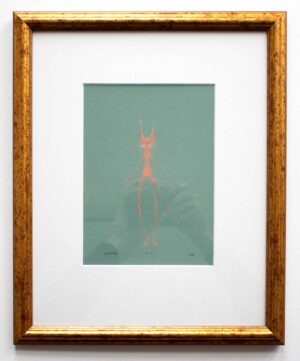
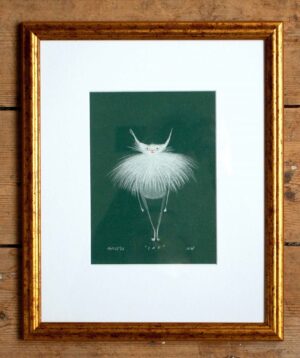
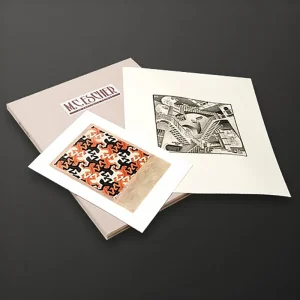
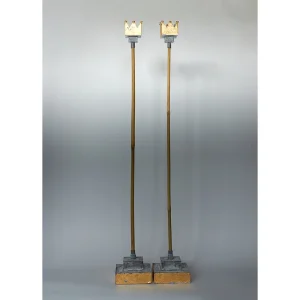
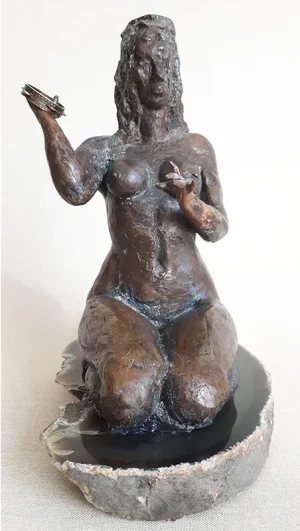
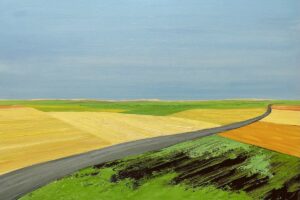
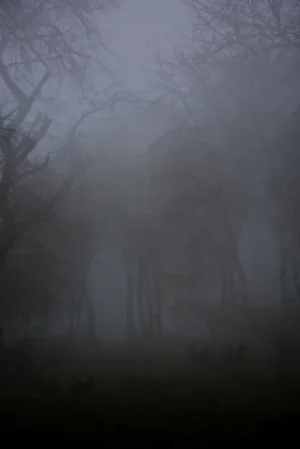
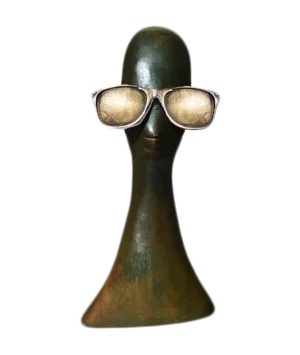
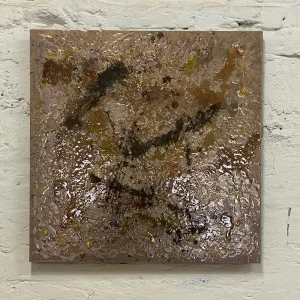
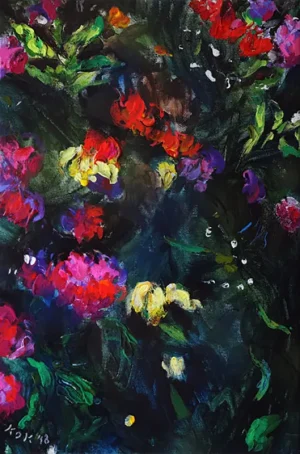
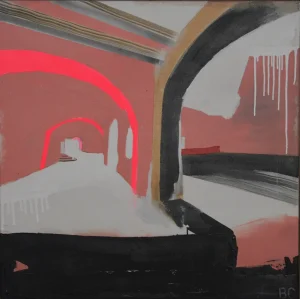
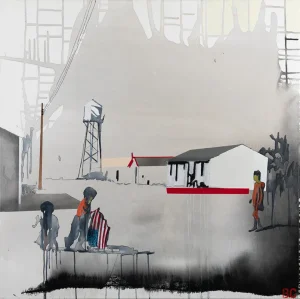
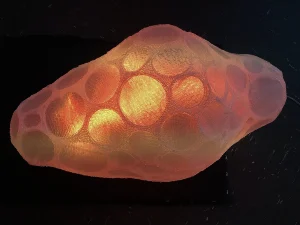
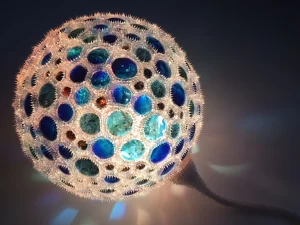
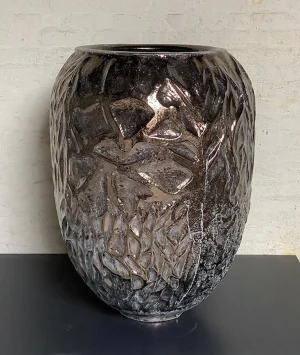
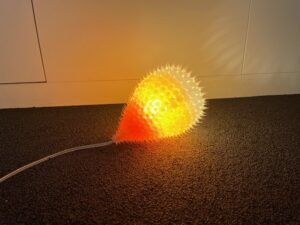
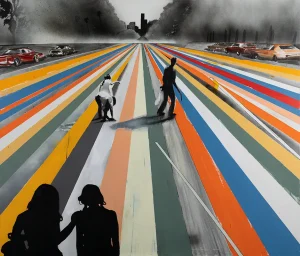
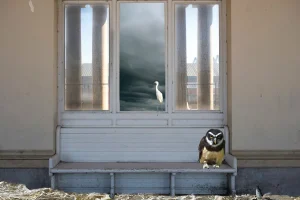
Artichoque Art Gallery is een galerie met hedendaagse kunst: schilderijen, sculpturen en objecten van lokale en internationale kunstenaars.
Blijf op de hoogte van onze collectie, exposities en andere evenementen.

In december 2023 werden ter gelegenheid van het 200 jaar Maastricht Institute of Arts drie beelden van ieder vier meter hoog op het Herdenkingsplein onthuld. Met de titel ‘Les Citoyens de Maastricht’ (‘De Burgers van Maastricht’). Inspiratie vormde de bijzondere 200 jaar oude gipscollectie (de zogenaamde Gipsotheek) die de kunstacademie rijk is. In deze expositie toont Atelier Les Deux Garçons beelden die aan deze drie giganten ten grondslag liggen. Brons, taxidermie en collages met terugkerende iconen zoals de Siamees, vormen samen een indrukwekkend geheel in de benedenzaal van de galerie.